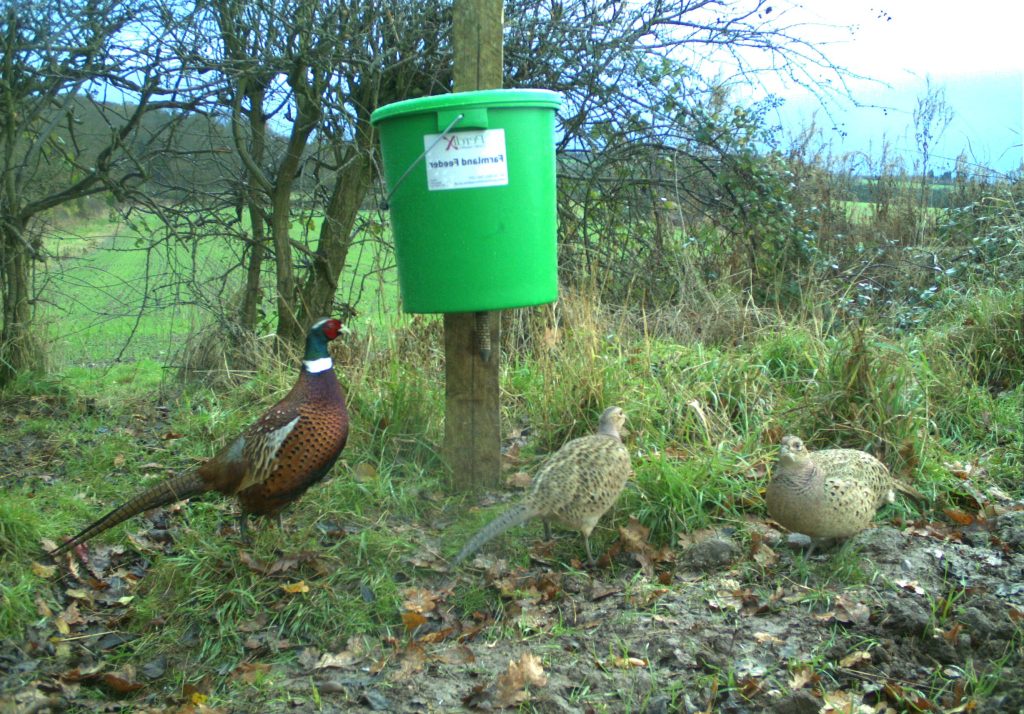“Every year, 35 million pheasants and partridges are released in the UK countryside for shooting.”
No doubt you’ve all seen this video, now read the facts.

There are no accurate numbers available so the “35 million pheasants and partridges” is an estimate, or a guess. Activists rarely share information so this guess varies widely depending upon which activist(s) you listen to. The table shows the best guess by APHA following a Freedom of Information request from the Hunt Sabs Association!
“They’re bred in captivity and live in the worst intensive conditions imaginable. One bird has the space of an A4 piece of paper in which to live.”
As we can see from the table above the vast majority are hatching eggs, while the remainder are day old chicks. Neither of which would need the huge amount of space accorded by an A4 page.
Bill Trimming
“Their bills are trimmed and they will never fly up until the day that they’re released. And when they’re released, they’re totally inexperienced.”
Bill trimming is not unusual for a variety of birds, but it is a thing of the past for game-birds, as discussed in this GWCT report. Imagine trimming the bills of a thousand birds? What an absolute nightmare! As for flying, of course they don’t fly until release, they’re in a pen! This also accounts for their inexperience. Usually they have a couple of months to acclimatise before the shooting season starts but neither pheasants nor partridges are great flyers and take flight as a last resort.
“They’re unable to find food. So many die due to starvation. They die because they get injured and left or because they get onto the roadside and get killed by cars.”

Of course they can find food, although it may take a few days for a normal foraging pattern to be attained. In the meantime they’ll have feeders spread around their area. According to a GWCT study very few starve and, of the 25% that die before shooting starts most are predated. Primarily by foxes. Injury in the wild is part of nature, and birds are no different to other species with respect to cars.
Shooting
“That is if they’re not shot. Every day, 100,000 of them are killed, not all of them collected. So they are left to suffer and die in agony after a lifetime living in unimaginable conditions.”
According to the GWCT less than 40% of pheasants and partridges are shot so 100,000 shot a day is clearly a made up number. Plus, for every shoot that fails to retrieve a downed bird there are hundreds more shoots assiduously checking none are left behind and all end up on someone’s plate.
“Imagine that being raised in a space so small to be let out into the wide world, to face that reality, it’s not okay. And this kind of shooting is not a sport. A sport is where you have two teams, both equally prepared. One side here has guns. The other has no hope whatsoever. There’s no sporting about it. It’s just for the enjoyment of it. And it’s not okay.”
This is nothing more than opinion, and it’s wrong. If you have ever tried to shoot pheasants or partridges in flight you’ll find it’s a damned sight harder than it looks.
Overall, this video is embarrassingly inaccurate, as expected from the usual suspects.

Most of these are rubbish facts with no evidential back up Ideology based The fact this year bird flue is about the figures are ridiculously over estimated as many poults come from France again so how are their conditions assessed The import has been stopped this year because of the Bird flu so most of these are guesswork facts and nothing more
Yes, these things are timed to coincide with the start of partridge season in September then pheasant season in October.
It’s anti-shooting propaganda.
Plucking figures from the air, at will and creating hypothesis ~ also at will and claiming either or both to be factual without ANY supportive or corroborating evidence, at all, really is not the route to any argument, be it persuasive or nonsense.